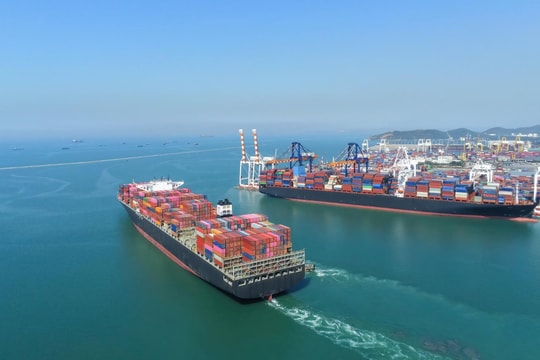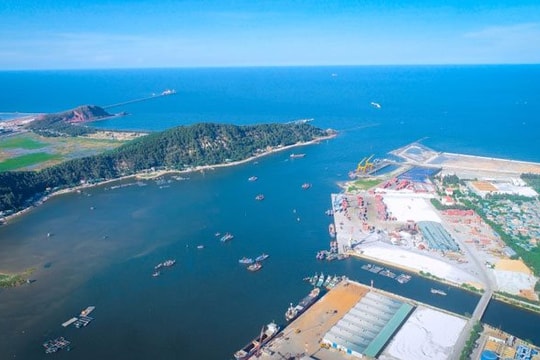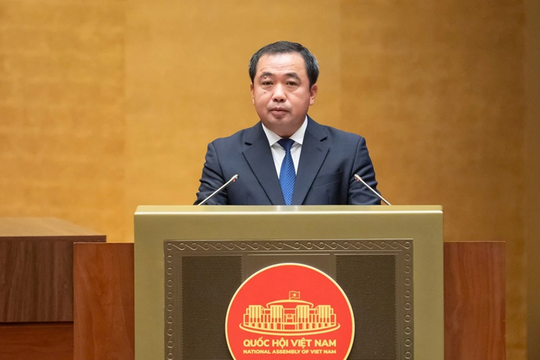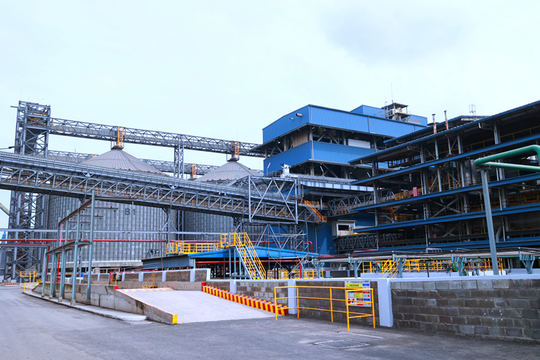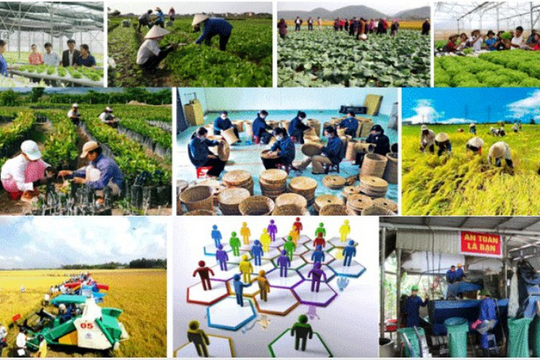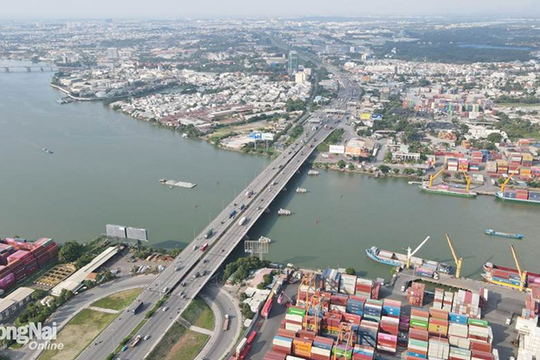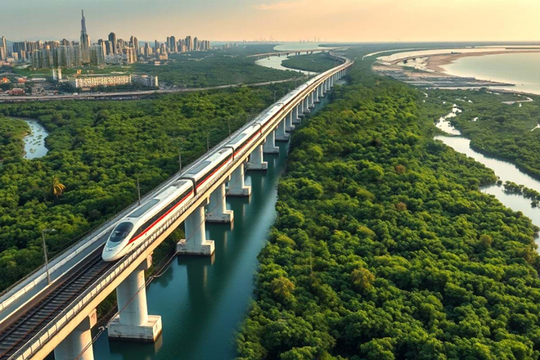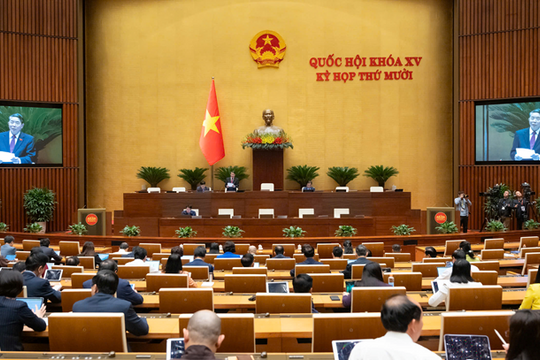Ba Ria – Vung Tau (BRVT), as a provincial administrative unit, has been on the map of Vietnam since 1991; however, its history dates back to the late 17th century. In 1698, the Gia Dinh District was established, consisting of two districts, Tan Binh and Phuoc Long, with the Phuoc An sub-district now being part of BRVT province. Today, BRVT is a major growth center of the Southeast region, and Vung Tau City has become a desirable place to live.
A Culturally Rich Land
No one knows exactly who named "Ba Ria" and "Vung Tau." According to legend, a woman named Nguyen Thi Ria (1665 - 1759), originally from Bình Định, migrated to the Mo Xoai area to reclaim land. In gratitude for her contributions, locals built a temple in her honor (in Tam Phuoc Commune, Long Dien District), and named the newly reclaimed land after her. The name "Ba Ria" has persisted since then, though there are other interpretations. "Vung Tau," however, is easier to understand, as "vung" in Vietnamese means "bay" - a place where rivers meet the sea, where ships anchor and operate.
.jpg)
.jpg)
Through its development, BRVT now comprises eight administrative units, including two cities, one town, and five districts, with a total of 82 local-level administrative units: 29 wards, six townships, and 47 communes.
According to the 2019 census, BRVT has a population of nearly 1.2 million people, including 28 ethnic groups within the Vietnamese national community and 13 different religions. This does not include foreigners who come to BRVT to invest, do business, and live. As such, BRVT can be considered a multi-ethnic, multi-cultural land.
BRVT is blessed with many unique natural landscapes. Its long, heroic history of fighting for independence and liberation from French colonialists and American imperialists has left many historical imprints on this land.
.jpg)
.jpg)
BRVT's traditional festivals showcase a blend of cultural influences from all three regions of Vietnam - North, Central, and South - becoming an integral part of the local cultural life. The province currently hosts 12 traditional festivals, including notable ones such as the Phi Yen Lady Memorial Festival, Tran Hung Dao Memorial Festival, Nghinh Ong Festival at Thang Tam Temple, Ngu Hanh Lady Temple Festival, Trung Cuu Festival, Dinh Co Festival, and Ong Tran Memorial at Nha Lon Long Son.
These cultural assets not only serve as a source of pride for the people of BRVT but also represent invaluable potential and resources for developing cultural tourism activities that contribute to socio-economic growth, promote development, and enhance the quality of life for local residents.
Orientation and Vision
The Resolution of the 7th Provincial Party Congress for the 2020-2025 term outlined the goal to “...continue developing Ba Ria - Vung Tau into a strong province in industry, seaports, tourism, and high-tech agriculture.” Among the key strategies, there is a strong focus on cultural development.
First and foremost, the Resolution emphasizes raising public awareness about the responsibility to protect and preserve historical sites and scenic spots. It encourages extensive promotion of the Cultural Heritage Law and the regulations on the management and protection of special national relics (such as the Con Dao prison) and the management, care, and protection of cultural-historical relics among local communities near these sites.
.jpg)
.jpg)
BRVT is currently documenting historical and cultural sites that meet the criteria for official recognition and ranking as relics, facilitating the management, exploitation, and protection of resources and environmental landscapes. Additionally, this process opens opportunities for investment, ensuring sustainable tourism development aligned with economic planning.
The province also focuses on applying science and technology to display tangible cultural heritage and showcase intangible cultural values and various performing arts forms, enhancing the appeal to both domestic and international tourists.
Efforts are being made to coordinate tourism promotion programs, introducing cultural tourism products and travel routes linked to cultural and artistic heritage. Social media is being utilized to boost the effectiveness of tourism promotion. The province is also piloting public-private partnerships to develop cultural tourism products (connecting museums, theaters, and performing arts centers).
Recognizing the value of heritage, BRVT has implemented solutions to preserve and promote the significance of relics and heritage, including intangible cultural heritage. According to BRVT leadership, traditional festivals reflecting the coastal people's culture, such as the Nghinh Ong Festival, Dinh Co Festival, Phi Yến Lady Memorial, Vo Thi Sau Heroine Memorial, Trung Cuu Festival, and the Sayangva (Rice God) and Sayangbri (Forest God) festivals of the Cho Ro ethnic group, are being maintained and developed into cultural-tourism festivals that attract large numbers of visitors annually.
BRVT has developed programs and plans to implement the Resolution related to advancing an advanced Vietnamese culture imbued with national identity. The province actively promotes the Party's perspective and policies on building culture and developing the Vietnamese people in the new era, while also promoting the image of BRVT, especially its unique cultural, tourism, and heritage characteristics.
.jpg)
.jpg)
Along with BRVT’s overall growth, Vung Tau, as the province’s “front line” coastal city, is striving to become a desirable city to live in and visit, continuously increasing the cultural and spiritual quality of life for its residents.


.jpg)
.jpg)
.jpg)
.jpg)
.png)
.png)
.png)



